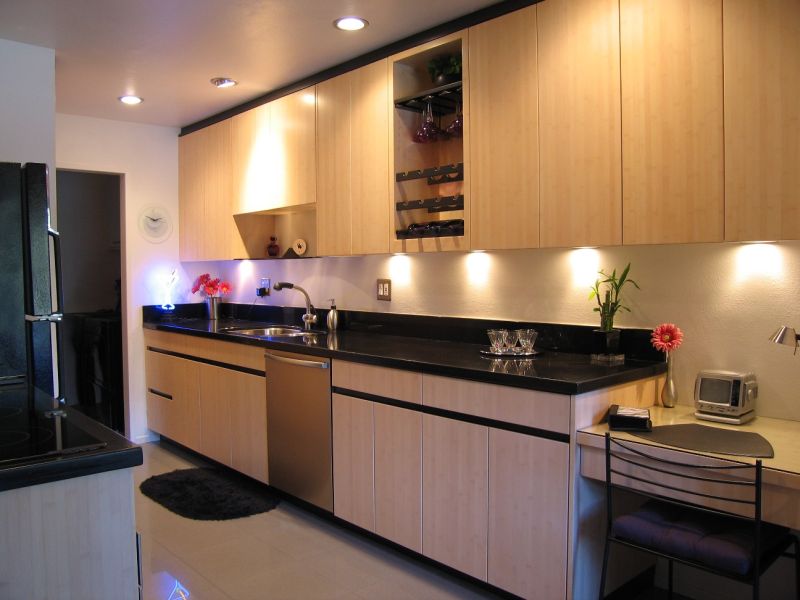Question
I am purchasing a 2002 Casolin 10' slider with a 9hp/3 phase main motor and 1hp scoring motor. The saw has digital readout for blade angle as well as the motorized digital rip fence option (in other words, some computer electronics which love to break when it's least convenient). I currently operate a 5hp shaper, jointer and bandsaw on this 10hp rotary phase converter with no issues, and I don't intend to operate any of these at the same time (I'm a one man shop). But this saw is double the power and conventional wisdom seems to be that you need 1.5x the machine hp for your idler hp. An experienced Casolin/Adwood rep has told me not to worry - the worst case scenario with my 10hp phase converter will be a slightly sluggish start, and that I won't do any harm at all to the machine. I'm still a bit nervous. Do you think I should be? I'd like not to spend even more money on a 15 or 20 horse converter since I'm cash challenged after buying the slider itself. Anybody running a similar machine off a nearly equal horsepower idler motor?
I should add that the converter is balanced but is a home brew. It was balanced for some unknown load, and presumably not balanced at all loads and conditions. For this reason I was considering maybe getting just a controller panel from American Rotary, which may do a better job balancing the voltages than my DIY model.
Forum Responses
(Cabinetmaking Forum)
From contributor D:
I just bought a SCM 9hp and put it on my 10hp phase converter. I have had no problems with it. When I first hooked it up the phase converter chattered and the saw started slow, but after switching the wire around, it starts right off. It helps to oversize the wire all the way to the saw.
The Adwood rep explained to me that the scoring motor and the electronics are essentially single phase, picking up one of the three incoming hot legs. I wonder if I can determine which leg it is that runs the electronics and make sure that's one of the legs from the street and not my generated leg, which may be irregular voltage. I guess I have a 2/3 chance of getting it right if I just leave it to chance. My biggest worry is that voltage anomalies in the generated leg could damage a circuit board.
I've set up the machine and it's ready for power. The two electrical control boxes are rat's nests of wiring. I can identify the 10/4 main power supply coming in, and it disappears behind a metal panel but I think it first goes to the main disconnect switch. Four wires go in and out of this main disconnect switch. From there they go all over, making it difficult to impossible for me to trace them.
So my next thought is to open up the 4-square electrical box on the outside of the chassis, the one where the power cord is wired by the installer, and disconnect the existing 10/4 cable ends. I could then connect only the ground and a single 110v hot to only one of the hot lugs, and plug the other end into a regular 110v outlet. Then turn on the electronics (but not the motor of course) and see if the display lights up. If not, move the hot wire to the next terminal and try again, and a third time if necessary to confirm which terminal is connected to the computer.
Does this seem like a good and safe way to proceed?
